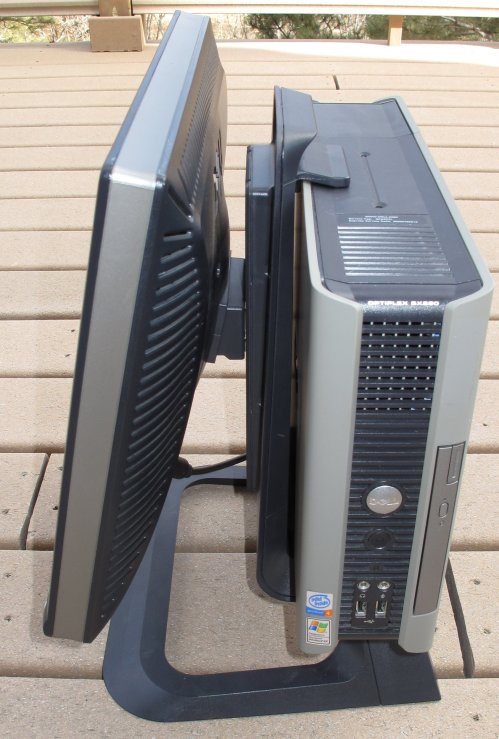Quick non-rant update to yesterday’s rant: It’s Sunday night and I didn’t expect to hear from VMWare support today, so I did a little thinking and came up with a crazy idea: What if somebody else has already created VMWare images of popular Linux distros and just put them out there?
Heh. Somebody did. And even though I can’t install Linux (or anything else) in a brand-new VM, I googled around and found a page offering a whole bunch of Linux-in-a-VM images, all freely downloadable. They’re big (most of them over a gigabyte) but there are torrents for them and they came down fast. I downloaded Fedora Core 12 and OpenSuSE 11.2. What I didn’t mention yesterday is that when you install VMWare Workstation, you also install the standalone VMWare Player, which is a stripped-down run-only version of Workstation. The version of Player that installed with Workstation was not bound by the Workstation license, and worked.
The Fedora Core 12 image loaded and ran flawlessly. The OpenSuSE image did not load at all. I don’t think it was a damaged zip file; the message put up by Player indicated that “opensuse is not supported.” Smelled like an “old software” problem to me. My copy of Workstation dates back to 2007 and installs Player V2, so I downloaded the most recent version of Player (3.0) and installed it. This time the OpenSuse image loaded right up, albeit in KDE 4. (That’s OK; I need to spend some time exploring KDE 4.) Lesson: In the VM world, the latest is probably the greatest…or at least worth having.
I installed Lazarus in the Fedora image, and if you’re logged in as root, it really is as simple as:
yum install lazarus
(Use su -c 'yum install lazarus' if you’re not in root.) Took about 25 minutes. I haven’t run a lot of tests on the new install, but the source is there and everything looks functional.
Several people wrote to recommend the alien utility for converting rpm packages to debs. I’m going to try that, and (assuming the generated deb works) I’ll just host the deb on my upcoming FreePascal page so people can download it. (Why don’t I think it will be quite as easy as that?)
Another crazy idea: Once I get my Workstation 6 running, create a VM of Ubuntu with Lazarus installed, however it is to be done. At that point, who needs to install anything? I’ll just tell people to download the VM and run it in Player. I can set up the VM to save state with Lazarus running and the book itself open in Okular, with all the example programs in appropriate directories, ready to load and poke at.
I’m still annoyed at VMWare, but at least they’re not holding up my research any longer.












